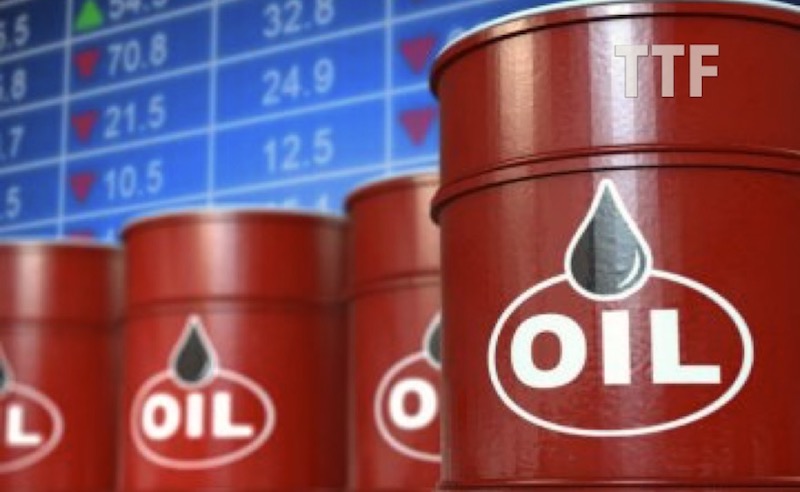
تركيني: هرڬ ميڽق باوه سيفر، ڤرتام دالم سجاره دنيا
According to the New York Times, oil prices tumbled as the Coronavirus triggered economic crisis continued to destroy demand for energy.
The plunge was also attributed to concerns hat storage tanks in the United States were near capacity and unable to hold all the unused crude.
A benchmark for oil that will be delivered next month went negative, meaning it was essentially deemed worthless, suggesting that people who had oil to sell were willing to pay for it to be taken off their hands.
Also, broader worries are growing that the deal reached on April 12 between the Organization of the Petroleum Exporting Countries, Russia and other producers will not be sufficient to prevent the oil markets being overwhelmed with a record surge of surplus oil.

Have you ever heard of the story where producers pay buyers to take commodity oil off their hands?
Well, that’s what happened on Monday. The price of a barrel of oil went negative for the first time in word history.
According to the New York Times, oil prices tumbled as the Coronavirus triggered economic crisis continued to destroy demand for energy.
The plunge was also attributed to concerns hat storage tanks in the United States were near capacity and unable to hold all the unused crude.
Traders pay varying prices depending on the grade of crude, where it comes from, and the date on which it is meant to be delivered.
Undernormal circumstances, these differences are small and go unnoticed outside the energy market. But on Monday, they were exacerbated by sharp swings in the price.
A benchmark for oil that will be delivered next month went negative, meaning it was essentially deemed worthless, suggesting that people who had oil to sell were willing to pay for it to be taken off their hands.
Oil that is scheduled to be delivered in June, more reflective of the market’s view on what the value of crude is right now, also fell, sliding 16 percent to about $21 a barrel.
The problem is that the United States is running out of places to store its oil.
The New York Times read:
Oil is already being stockpiled on barges out at sea, and in any nook and cranny companies can find in their storage facilities. Now, traders are worrying that even this space is running out. Under futures contracts, West Texas Intermediate — the American oil-price benchmark — is delivered to Cushing, Okla., but investors are worried that there will be no place to put it there.
“Cushing inventories continue to increase at record-high rates and are expected to hit tank tops in May,” said Hillary Stevenson, director, oil markets, at Genscape a market intelligence firm.
Also, broader worries are growing that the deal reached on April 12 between the Organization of the Petroleum Exporting Countries, Russia and other producers will not be sufficient to prevent the oil markets being overwhelmed with a record surge of surplus oil.
The numbers explain why investors are worried. Under the terms of the arrangement brokered by President Trump, Saudi Arabia, Russia and other countries to cut will cut 9.7 million barrels a day in production, beginning in May. Analysts forecast that oil consumption in April will fall by about three times that.
“It is not enough” to avoid inventories rapidly building up, said Bjornar Tornhaugen, head of oil markets at Rystad Energy, a consulting firm.
THE THIRD FORCE



